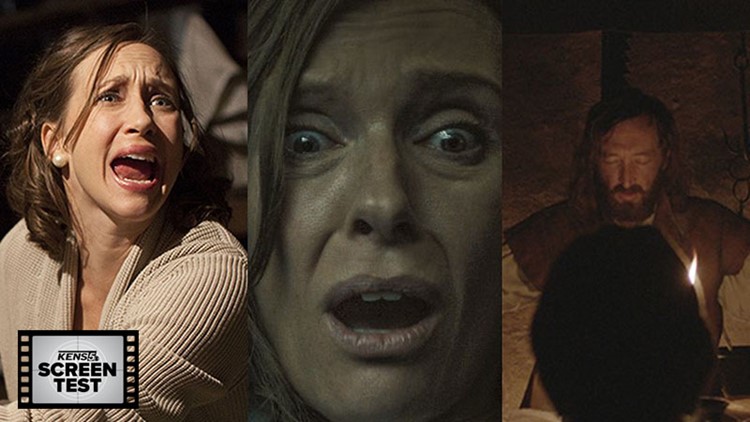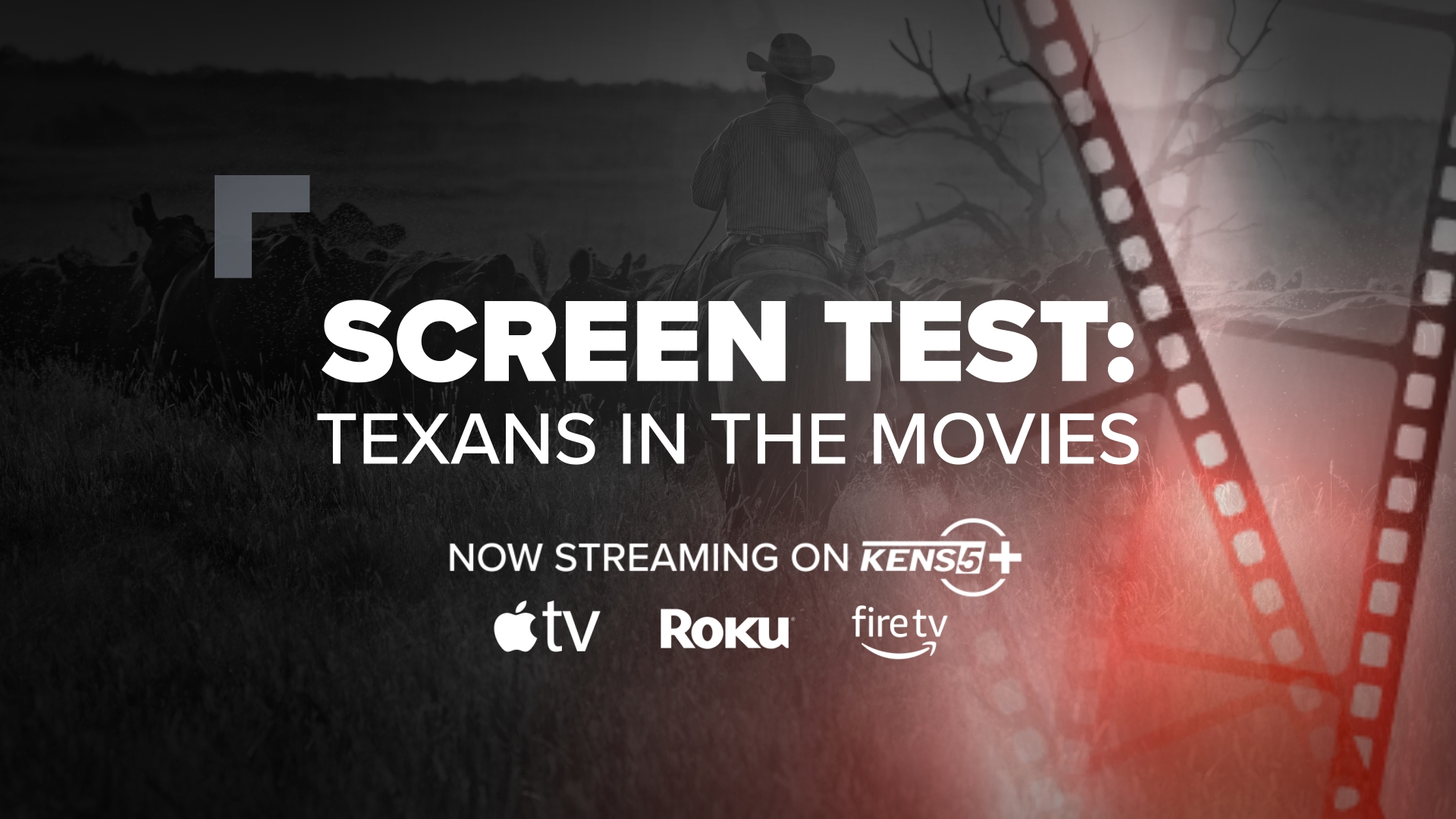No one’s going to dispute that comic book movies were the story of cinema this decade. A box office haul of $8.5 billion for the Marvel Cinematic Universe since 2008 is about as definitive as Thanos snapping his fingers, and the metaphor has only gotten more uncanny with each spandexed success story. DC movies, while not as consistent, have had fans just as ravenous as those of Iron Man and Captain America. And we’ve somehow arrived at the point where Martin Scorsese, our greatest living American filmmaker, is being villainized by some fanboys for saying those characters don’t fit his parameters of cinema.
Make of all that what you will—it isn’t going to be placed under the microscope here. Because while nothing has come close to the dominance of the Marvel Cinematic Universe since the beginning of the Obama presidency and into that of Trump, horror has undergone a decade-long transformation that many have referred to as a golden age of the genre.
We could chalk it up to a slightly more lucrative business—16 horror movies reached the $100 million threshold in the 2010s compared to 13 in the 2000s. But only one of those this decade, 2017’s “It,” can lay claim to having drawn audiences to the same level as “Star Wars,” superheroes and excavated Disney properties. (As of this week, the “It” sequel and “Us” are in the top-10 2019 grossers, but a certain incoming “Star Wars” movie may have something to say about that come December.)
Consider, though, that Andy Muschietti’s “It” only had to become the biggest horror hit of all time to manage a top-10 top box office finish the year of its release. In the 2000s, six horror movies managed to accomplish that, and without the cushion of an iconic property to adapt.
Instead, I’d wager that the reason horror managed to strike a bloody chord with a loyal audience in the 2010s – and, frankly, reached a consistently higher level of excellence – is similar to how much smaller horror had to go to reach that audience in the first place (even when growing bigger was sometimes inevitable). After the phenomena of “Scary Movie” began to lose its sugary appeal, and amid the increased polarization of a country divided, the genre grew up and got serious again. It got personal again, particularly from 2015 on. In the 2010s, horror came home—and pushed us to confront our darkest sides.
Here are the 10 movies released since 2010 that best show how, and that best signal the genre’s new course of direction.
“The Babadook"


Before a mourning Toni Collette reached the end of her rope and spat out the words, “I am your MOTHER” in “Hereditary,” Essie Davis mustered all the despaired rage she could into screaming, “You are TRESPASSING IN MY HOUSE!” at the titular evil of Jennifer Kent’s “The Babadook.”
Kent directed her movie as if it was a stage play, the story of a mother unfolding largely in a house draped in inconsolable darkness as she deals with her increasingly-misbehaving child while unable to move on from a tragedy years prior that he’s forever linked to. As Amelia, Davis’s vengeful words are summoned from the gallows of that grief, the cherry on top of what would be the first of a triumvirate of instantly-iconic horror performances by maternal figures in a five-year span—Collette’s would come in a few years, and Lupita Nyong’o’s a bit later in “Us.”
The movie is a sneaky contemporary parable, one where the weight of a real-life nightmare that can absolutely happen – albeit is impossible to imagine ever happening to us – informs everything about it: Its tone, its atmosphere, its horror.
Tragedy wasn’t something newly-adopted by Kent in writing one of the decade’s standout horror offerings; take 2007’s “Disturbia.” That movie begins on a façade of good-natured scene-setting between a father and his son on a fishing trip before it devolves into…well, tragedy. But the shock of “Disturbia’s” prologue extends only as far as our empathizing with Shia LaBeouf’s Kale—it’s a reason for us to think he’s more than a high school slacker. In “The Babadook,” world-upending tragedy is inseparable from Kent’s story; the evil comes from within, showing that we have as much to fear about the things we refuse to move on from as any frightening entity that makes mysterious phone calls in the night.
“Gerald’s Game”

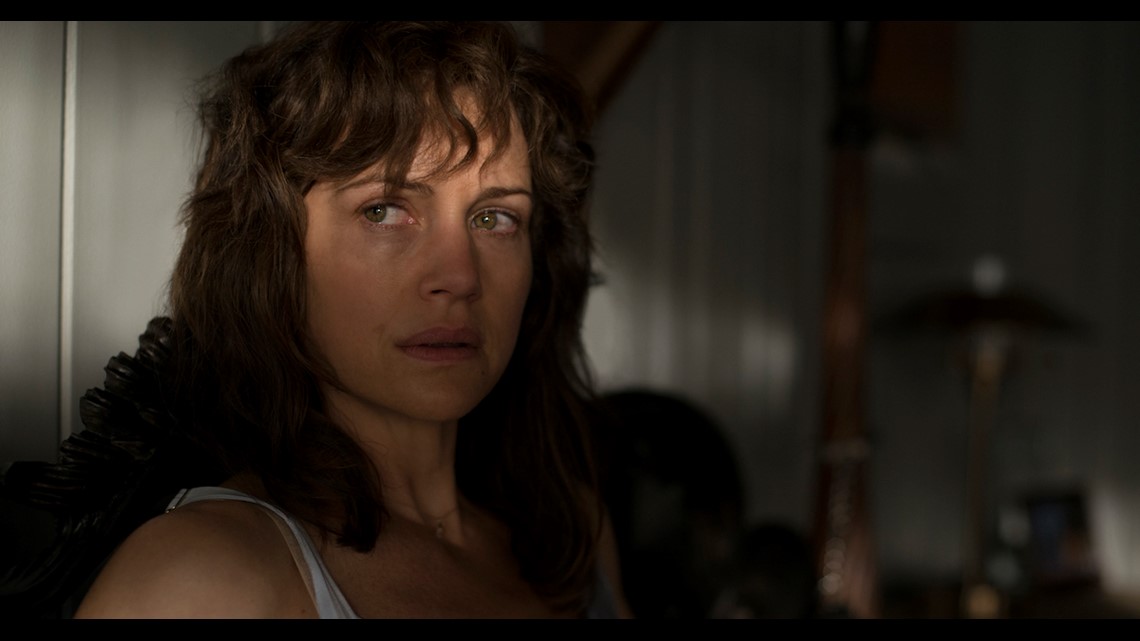
“It” may be the horror blockbuster that surpassed the highest of expectations and “The Dark Tower” as the would-be franchise tentpole that barely sniffed them, but the best 2017 Stephen King adaptation never even hit the big screen. With respect to Pennywise, “Gerald’s Game,” the Netflix production from Mike Flanagan, is the only legitimate contender to Frank Darabont’s “The Mist” when it comes to the best King-inspired movie of the century.
People knew what they were getting when they walked into “It,” and a group of young actors with incredible chemistry battling a killer clown has its undeniable delights, but “Gerald’s Game” triumphs in being an incredibly layered and much more intimate watch, along with a more memorably visceral, peer-through-your-fingers sequence than anything involving Pennywise. Flanagan’s movie is about a couple’s (Carla Gugino and Bruce Greenwood) attempt to, ahem, spice up their marriage that goes south after an extremely ill-timed heart attack, but it’s also about the monsters of our past continuing to haunt our present.
There’s no capital-V Villain in the movie, but what “Gerald’s Game” lacks in a Pennywise or Jack Torrance it makes up for in depicting the strength we must muster to lift ourselves out of immobile situations—whether it’s marriage, the fear of vulnerability or being handcuffed to a bed as bloodthirsty dogs stalk the outside of an isolated vacation home.
Though “Gerald’s Game” isn’t an original story, it’s one of the decade’s best examples in what streaming services – as much a story of the movie industry in this decade as anything – can do to spotlight smaller genre fare that audiences may not buy a $15 ticket to see. The debut of Shudder – a streamer exclusively carrying horror titles – in 2016 speaks volumes about the genre’s ability in this decade to break down the barriers between those looking to be spooked and the little-known filmmakers hoping to spook them. Horror, quite literally, was coming home to our 4K TVs and laptops.
And Flanagan is one person who has reaped the rewards—after “Gerald’s Game” and “The Haunting of Hill House” elevated his career, the director is helming next month’s “Doctor Sleep,” the sequel to all-time horror classic “The Shining.”
“Get Out”

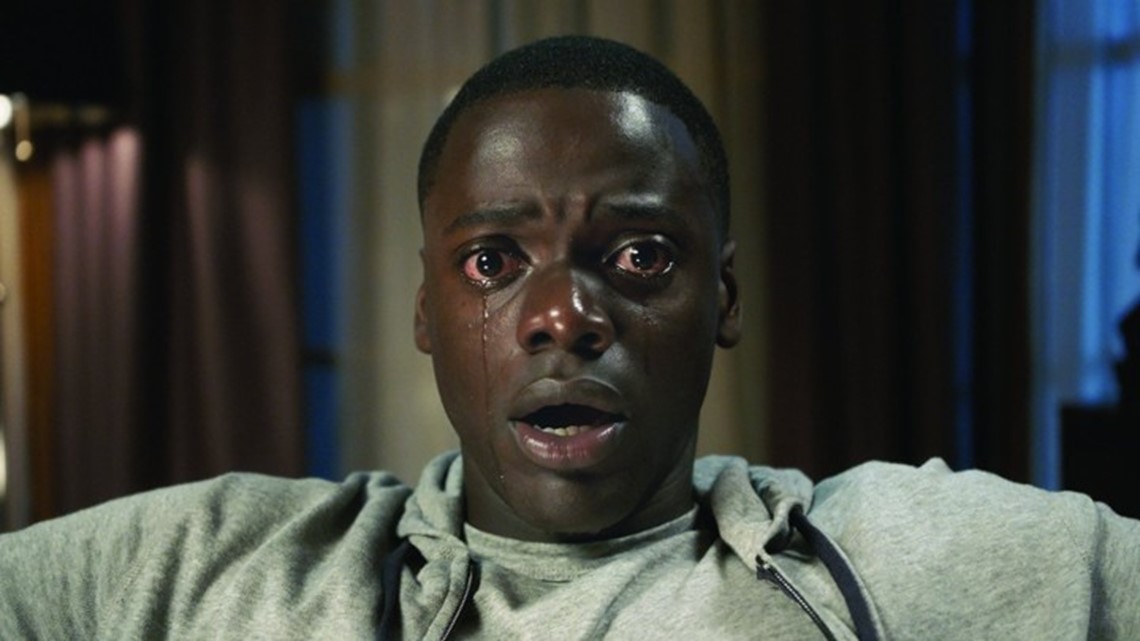
For whatever reason, the Academy of Motion Picture Arts and Sciences has been too hesitant in its recognition of horror throughout the years. Save for some examples peppering history, in fact, that “recognition” has been all but absent.
Not so in early 2018, when “Get Out” transcended becoming a box office phenomena a full year prior and made Jordan Peele the first African American to win a Best Original Screenplay Oscar. In the era of Black Lives Matter, Peele’s sleek and smart satire wasn’t just a remarkable debut – a pairing of words not uncommon within the horror genre during the 2010s – but a true zeitgeist movie that punctured the social consciousness of American race relations in wholesale, entertaining fashion.
Peele’s award-winning screenplay bursts with moments that make us tense up, often laugh and then follow it up with a bit of self-examination. “Get Out” was nothing if not meant to linger on the mind; that Peele so deftly merged his messages with his techniques speaks to the movie’s urgency—and was probably why the Academy simply couldn’t resist its triumphs.
“The Conjuring”

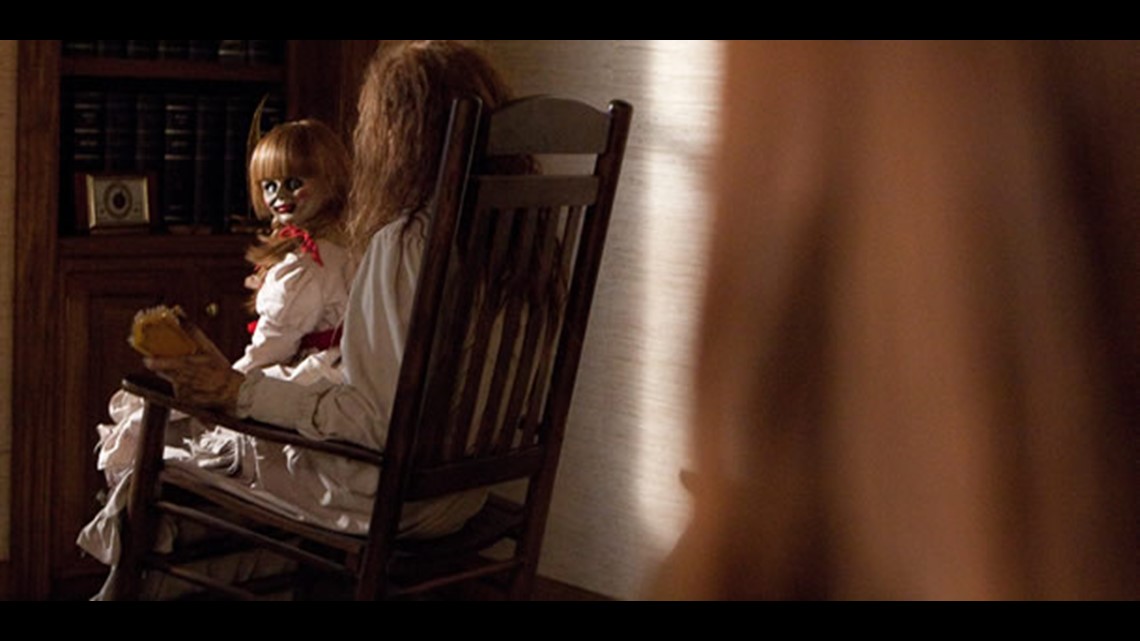
Two of the dominant horror franchises of the 2000s couldn’t have been more different. The contrast between the goofiness of “Scary Movie” and the gorefests of “Saw” represented two genre extremes that we flocked to, both properties that increasingly approached theme-park-attraction status the more they approached double-digit installments. (“Final Destination” practically did become an amusement park of a movie.)
In its dominance, however, Marvel proved audiences are just as ravenous about tangential stories that only occasionally overlap with each other. Linear sequels muscled into cinematic universes, and genre fare wasn’t left behind.
So it was to be that James Wan’s “The Conjuring,” which gave a new generation its “The Exorcist” while becoming one of the decade’s biggest horror success stories thus far upon its 2013 release, sparked the heavyweight horror franchise of the decade (and, eventually, the biggest of all time). Taking a cue from the storytellers at Marvel Studios, future installments stretched beyond Ed and Lorraine Warren’s paranormal investigations, fleshing out the stories of the diabolical entities they came across.
But nothing that’s come from the 2013 movie has managed to outdo it in terms of pure filmmaking. James Wan adopted a preciseness and 1970s mood typically reserved for so-called “prestige movies,” adapting a script from Chad and Carey Hayes so focused on empathy over exaggerated frights that it resulted in an unexpectedly fresh and emotional horror movie, enough to make you believe scary movies could feel like human tales again in a world overrun with “Paranormal Activity” sequels.
It was a bonafide horror blockbuster years before “It” arrived on the scene, set the stage for similarly-grounded movies to come and proved the cinematic universe strategy didn’t just work for superheroes.
“Happy Death Day”

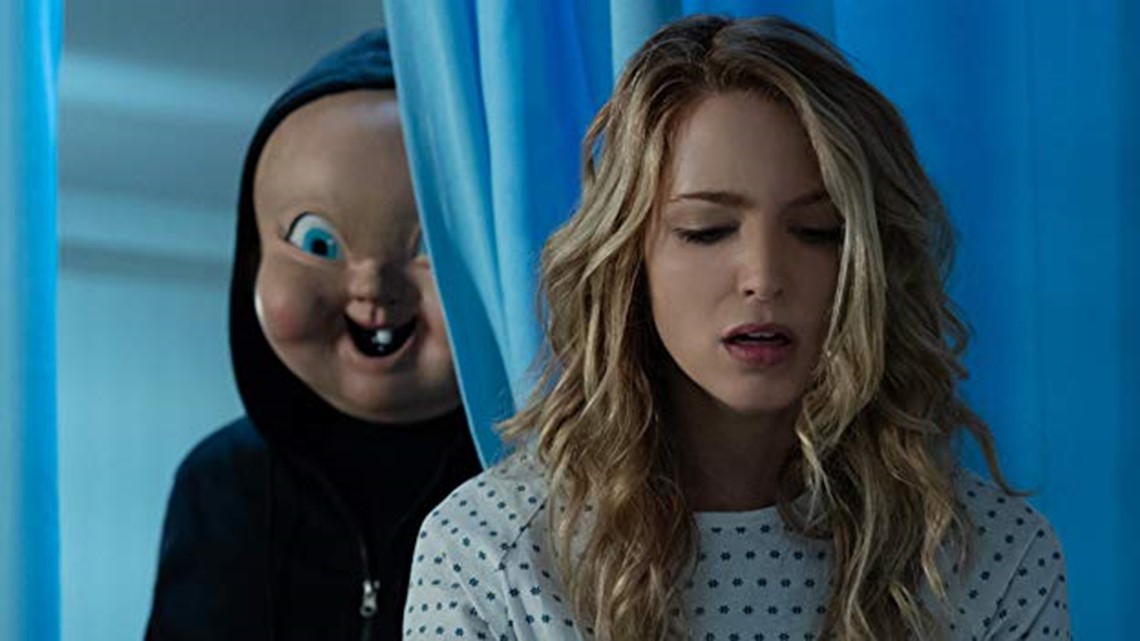
The close of the last decade would signify, in miniature, what was to come in the next for original horror.
Powered by the success of “Cloverfield,” “Paranormal Activity” and “Zombieland” – all new concepts not relying on the likes of Will Smith or M. Night Shyamalan to succeed – 2008 and 2009 were huge years for fresh frights at a time when star actors, directors and sequels controlled the genre. The found-footage subgenre, it turns out, still had some juice in it, while “Paranormal Activity” practically upended the industry—proving that gimmicks, if creative, still had their place in the hearts of horror’s audiences.
If ever there was a horror movie that made good on its elevator pitch for the ages, it’s 2017’s "Groundhog Day"-inspired “Happy Death Day.” You’d be hard-pressed to find a name in the cast or crew that you’d recognize, but the attraction of Christopher Landon’s slasher-comedy about a college sorority girl who keeps mysteriously waking up in the same place after being killed by a masked murderer was all in the premise. And it more than made good on it.
“Happy Death Day” was also another milestone for Blumhouse, the prolific production house of lower-budget horror that blossomed after “Paranormal Activity” put it firmly on the industry map. “The Purge,” “Ouija,” “Insidious,” “Get Out," “Unfriended,” “Upgrade,” “Split"—Blumhouse is responsible for shepherding them all to audiences increasingly hungry for original scary movies, crafting a bouncy horror identity almost as marketable as the movies themselves. The same could be said for A24, another young studio with the reputation of finding and financing a particularly high-caliber kind of horror movie.
“Evil Dead”


Hollywood being Hollywood, the 2010s were still jam-packed with remakes that rarely made good on the promise of horror’s history. “Child’s Play,” “The Thing” and “Pet Samatary” did little to fortify the legacies of their originals, but one particular reimagining – Fede Alvarez’s 2013 “Evil Dead” – found success in stripping a franchise known for its unrelenting hysteria down to a story that was much more personal...and still just as unrelenting.
At face value, Alvarez’s take on Sam Raimi’s classic gorefest doesn’t stray too much from the bloody path. Another quintet of friends retreating to an isolated cabin in the middle of the woods, only to find a Book of the Dead that leads to terror, dismemberment and demonic taunting—most of the ingredients are all there. But the broth of Alvarez’s terrifying stew is spiced with a vulnerability that Sam Rami never utilized, giving his eventual Final Girl, Mia, the backstory of someone who has hit rock bottom, hoping that the retreat would help her get past an addiction to drugs after she flushed them out of her life.
None of that is overbearing. But the subtle undercurrent of empathy that makes this iteration of “Evil Dead’s” victims more than just target of Alvarez’s sadism provides the franchise with a much more humanistic edge than anyone could have expected an “Evil Dead” movie to be capable of—a story of struggle where the metaphor is as satisfying as its blood-drenched finale.
“Cabin in the Woods”

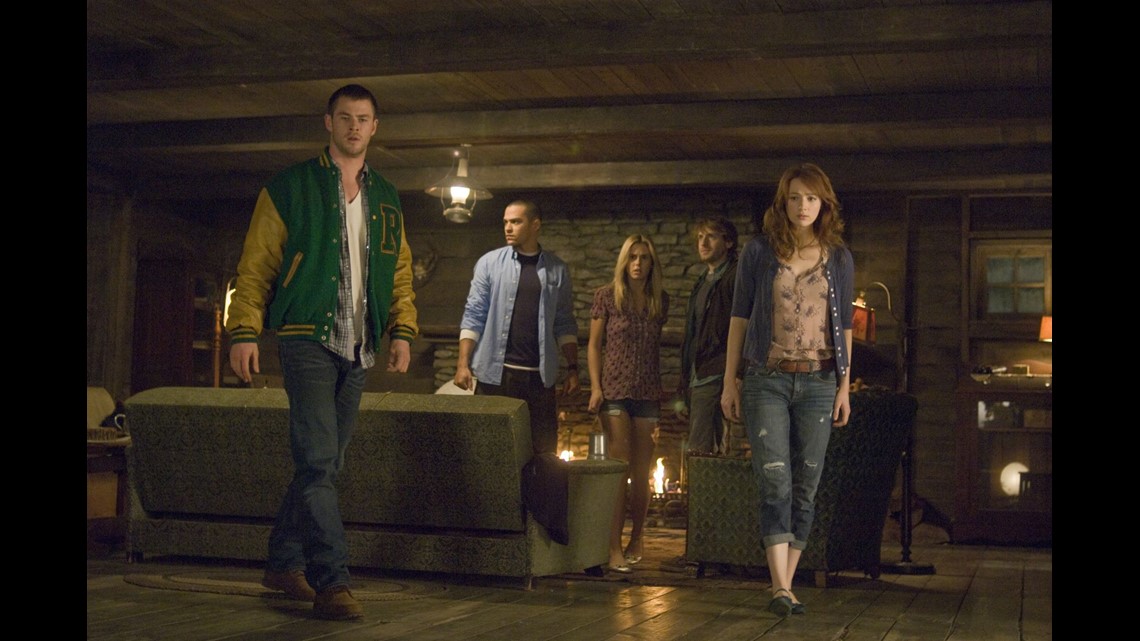
Not all the great horror of the past 10 years came in the form of human introspection. Continuing in the tradition of “Zombieland” and “Shaun of the Dead” – which opted to create laughingstocks of the undead apocalypse instead of pure unrelenting dread – movies like “Krampus” and “What We Do In the Shadows” prioritized laughs over screams.
The best of these, 2012’s “The Cabin in the Woods,” managed to do both in equal measure, re-creating the self-reflective spirit of “Scream” and turning it up to 11 in its genre deconstructions. As the title suggests, “Evil Dead,” not slashers, inspired Drew Goddard and Joss Whedon’s commentary on the genre (ironically, Alvarez’s movie would come just a year later). And in the case of this horror-comedy, horror literally came home, the movie reacting to genre tropes through the lens of audiences having been seduced by them for years.
The twist is one of the decade’s great ones, pulled off with such confidence and seemingly backward logic that the real surprise might be how mindful “The Cabin in the Woods” actually is in spite of it, and especially in spite of its overwhelmingly funny third act that brings new meaning to "bloody hilarious."
It’s a movie that so incisively – almost distractedly – cuts to the heart of our fascination with fictionalized monsters and bloodshed that it’s tough to decide if Goddard’s tone is sarcastic or praising. But it’s even tougher to imagine a more entertaining thought experiment laying bare the capitalistic connection between audience and movie-maker. Horror staring at itself in the mirror was never so much fun.
“mother!”

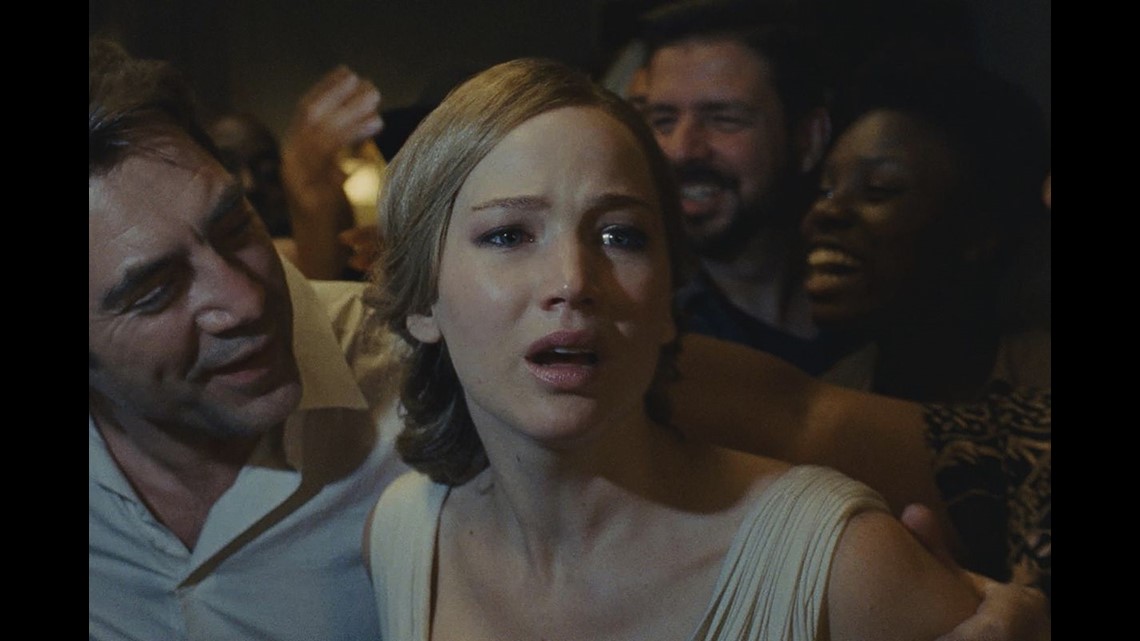
Not Darren Aronofsky’s best movie of the decade – that honor goes to “Black Swan” – but perhaps his most intricate. “mother!” is undoubtedly an exercise in repulsion, but that’s all you can say about it for certain—the meanings that people have ascribed to its images of an ostensibly idyllic couple (Jennifer Lawrence and Javier Bardem) enduring hell and eventually oblivion when mysterious strangers start to enter their home unwelcomed are myriad, from climate change to our relationship with God and everything in between.
In a way, Aronofsky’s feral vision is the ultimate home invasion movie. Lawrence’s nameless matriarch can’t keep the multitudes of people entering and ravaging her Eden-esque house to near-comedic levels, but she can’t simply leave either—she’s desperate to protect it. Taking a cue from “Rosemary’s Baby,” “mother!” centers on someone who feels more alone the more people step into her life without bothering to leave their muddy shoes in the foyer, and with seemingly no other intent than to upend it, despite the façade of good intentions. Perhaps they’d thrive on Twitter?
Aronofsky’s paranoia-infused movie suggests that we get off our phones and examine our own homes – whether that’s represented by a person or a physical structure or an idea – and see if we’re giving it the care and attention it needs. After all, home is all we have, and our treatment of it says more than tweets or Tik Toks ever could.
“Midsommar”


In a decade that saw more than its fair share of young filmmakers springing onto the horror scene with mesmerizing debuts, three young writer-directors stood, and stand, above the rest.
Ari Aster (“Hereditary”), Jordan Peele (“Get Out”) and Robert Eggers (“The Witch”) all enamored audiences with instant-classic first features within the span of just a couple years. The future of horror was as bright as the glint on Michael Myers’s knife, but the future may have already arrived—each name in that trio released sophomore efforts in 2019 that couldn’t have been more different from each other except in how engrossing they are.
The most tantalizing of these is Aster’s “Midsommar,” one of the year’s most unapologetically WTF movies, but also one of its most disarmingly cathartic. Aster and his cinematographer, Pawel Pogorzelski, shot the rolling-hill landscapes of Hårga that Dani, Christian and Co. travel to like a serene paradise without sinister secrets, but it’s also a sharp contrast to the increasingly claustrophobic relationship at the movie’s core.
“Midsommar” is more than just a modern “Wicker Man”; it’s a visceral portrait of the inevitable doom we all have experienced at some point, and tried like hell to delay. Grief is usually something we’re best left to finding our own ways to navigate, and for Aster to make it so clearly the focus of his movie made for a uniquely unpleasant experience way before anyone dives off a cliffside or is stuffed into a bear carcass. It’s a movie about singularly human intuitions—and Aster penetrates them to a degree that's unsettling in its familiarity.
“The Witch”


The dread is in the details of Robert Eggers’s 2016 story about a Puritan family exiled and slowly succumbing to the paranoia seeping in from the woods around them. But the triumph was in its excruciatingly deliberate unveiling as a portrait of individual liberation—there’s terror in this movie, but there is also a carnal angst to break free from the domestic spheres of early-America frontiers.
It’s not by mistake; Eggers has said his goal with “The Witch” was the re-creation of real Puritan fears that he could bring to a 21st-century audience. The evil populating the eerie, isolated New England setting lives in the atmosphere, and in the glances of the family members regarding each other with increased suspicion. By the time Black Phillip becomes a horror icon, “The Witch” takes on the air of something disturbingly familiar, even as it taps into primeval nightmares that we’d rather have stayed swept under the cover of history.
It’s a masterful effort by Eggers, and the showcasing of a new talent trying to dig deeper than the monster under the bed—in “The Witch,” he’s asking if perhaps we’d rather befriend it. For all we know, the creation of Dracula and werewolves and supernatural beings that go bump in the night was just to distract us from the real hysteria that gripped parts of America in its infancy. “The Witch” might be the most visceral document we could hope to have of it.


